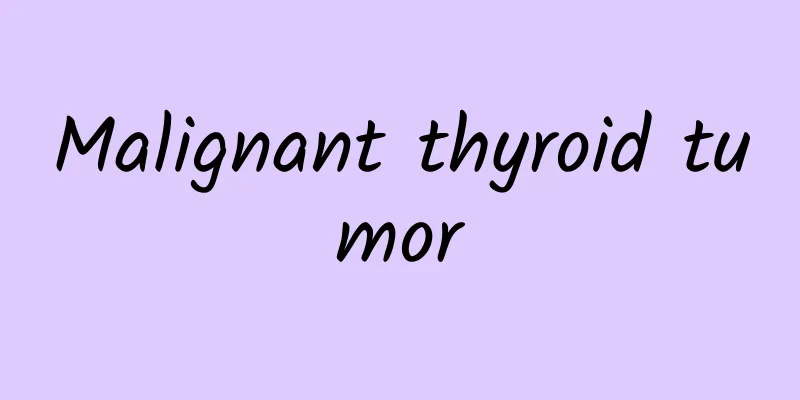How to treat sand dermatitis

|
There are many situations in which skin problems may occur. Especially for people with allergic constitutions, it is easy for them to develop rashes or bumps on their skin. There are many types of skin rashes, among which sand dermatitis is a type of skin disease. But how to treat sand dermatitis? You may not know much about sand dermatitis. In fact, this disease mostly occurs in children, and is mostly caused by environmental problems. 1. What is sand dermatitis Sand dermatitis, medically known as infantile papular dermatitis and frictional lichenoid eruption, is common in children aged 3 to 10 years old. The cause of the disease is that children's skin is delicate. After repeated stimulation and friction from water, sand, and soap, the skin's defense function is reduced. In addition, the strong sunlight and sweat in summer lead to skin inflammation. 2. Disease pathology The cause of the disease is that children's skin is delicate. After repeated stimulation and friction from water, sand, and soap, the skin's defense function is reduced. In addition, the strong sunlight and sweat in summer lead to skin inflammation. Traditional Chinese medicine believes that summer is hot and children's bodies are filled with damp heat. Some children are born intolerant to external stimuli such as water, soap, and sand. As a result, the damp heat in the body combines with external pathogens, penetrates the skin, and causes illness. 3. Clinical manifestations Sand dermatitis, also known as frictional lichenoid rash, is common in children aged 3 to 10 years old. Because children's skin is relatively delicate, they are prone to allergic reactions after being stimulated by friction from water, sand, soap, etc., and rashes appear on the backs of hands, wrists and other areas that are prone to friction. The main manifestations of sand dermatitis are normal skin color or light red papules, ranging in size from a needle tip to a millet grain, and generally no blisters or exudation occur. Children with severe symptoms may develop secondary eczema on their skin, with symptoms such as swelling, erosion, and discharge. Treatment 4. Treatment methods First of all, children should be educated not to play with sand, water, soap and other skin irritants frequently, and boil an appropriate amount of fresh purslane in water. After the water cools down, wash and apply it to the affected area, 2-3 times a day. Or use 10 grams of Liuyi Powder and two bottles of Huadu Powder (Liuyi Powder and Huadu Powder are available at Chinese medicine stores), mix well and apply externally, 1 to 2 times a day; and take chlorpheniramine, vitamin C, etc. under the guidance of a doctor. Those with obvious redness, swelling and erosion of dermatitis should take the Chinese patent medicine Qingrejiedu Pills twice a day, half a pill to one pill each time. If the skin is red, swollen, eroded or the inflammation is severe, you should go to the hospital for treatment in time. |
<<: There is a small amount of bleeding when going to the toilet in the morning
>>: Sleeping on your back makes your waist ache
Recommend
Irritability before menstruation
Most people often hope to be in a good mood every...
What is the cause of weak kidney pulse?
As we all know, kidneys are one of the most impor...
What are the effects and functions of Acorus calamus?
Have you ever paid attention to and understood th...
Metronidazole liquid effects and efficacy
Metronidazole liquid is a drug that can fight ana...
Can knee tendinitis heal on its own?
Knee tendonitis not only causes pain in the knee ...
Guava leaves boiled water effect
Guava can be boiled in water and drunk, or used t...
How to relax better when you are stressed?
Many people become very nervous due to high press...
How to treat lower extremity venous thrombosis?
Lower limb venous thrombosis is particularly comm...
How to quickly relieve shortness of breath
Shortness of breath refers to rapid breathing, wh...
Is eczema contagious?
Many people do not understand eczema and think it...
Two months old baby's eyelids are swollen
When the baby is two months old, the body is stil...
What to do if talus necrosis
Our bones may seem strong and firm, but in fact, ...
What are the symptoms of ADHD in children?
There are many symptoms of ADHD in children. The ...
Can rabies be transmitted sexually?
The main transmission route of rabies is very sim...
How to regulate the constitution of upper heat and lower cold?
To treat a constitution of upper body heat and lo...









